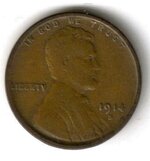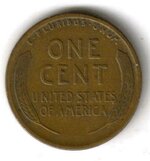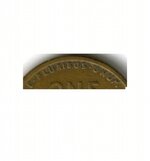Jeffro
Silver Member
I just picked up a F/VF 1914D, but it has crud around the lettering. I was wondering if anyone has had any luck with taking this stuff off without touching the patina? Will silly putty or modeler's clay lift it? What to use to soften it up?
I have a bunch of wheats to experiment on to get a procedure down... just wondering if anyone can save me some time trying different things-
Note the crud on E Pluribus Unum especially-
I have a bunch of wheats to experiment on to get a procedure down... just wondering if anyone can save me some time trying different things-
Note the crud on E Pluribus Unum especially-






